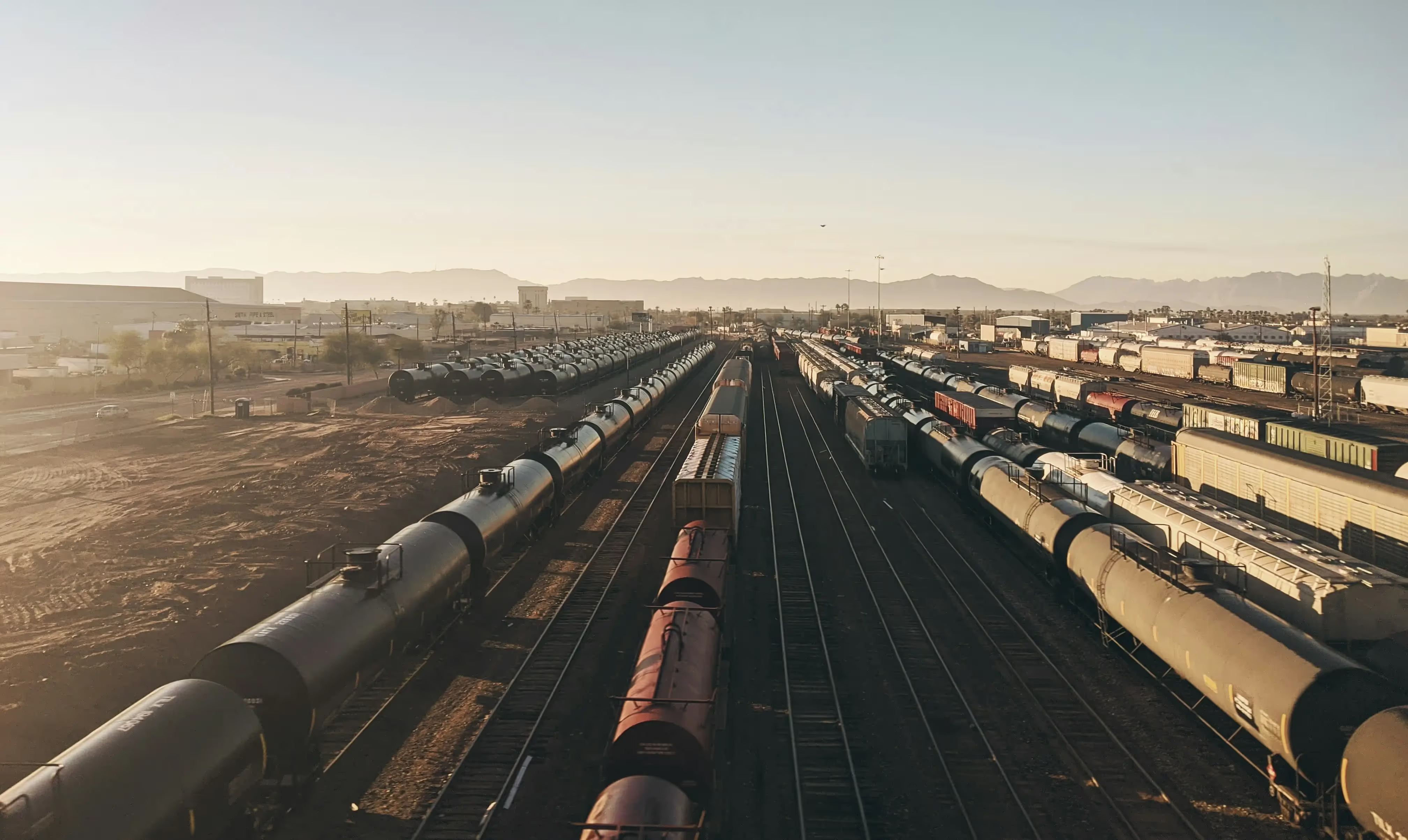Who Is Affected by the EU's Carbon Border Adjustment Mechanism (CBAM)?
-p-1080.avif)
Understanding CBAM: A Global Carbon Balancing Act
The European Union’s Carbon Border Adjustment Mechanism (CBAM) is a transformative regulation designed to address carbon leakage and promote fair competition for EU producers. This regulation introduces a carbon pricing system for specific imported goods to encourage global environmental responsibility and prevent businesses from moving operations to regions with laxer environmental standards. This article explores the reach of CBAM, highlighting its impact on various stakeholders.
The Ripple Effect: Beyond EU Borders
While EU importers are directly responsible for CBAM compliance, its influence extends globally. Here’s a closer look at how the regulation affects international players:

Impact on Non-EU Exporters
Companies exporting goods with high carbon footprints to the EU are significantly impacted. Sectors like steel, aluminium, cement, fertilisers, and electricity are at the forefront of this regulation. The key challenges they face include:
- Increased Production Costs: Exporters must calculate and report their carbon emissions, invest in cleaner technologies, and purchase CBAM certificates. These steps can substantially raise production costs.
- Reduced Competitiveness: EU-produced goods with lower carbon footprints may become more competitively priced. Non-EU exporters may need to adjust their prices or enhance their sustainability practices to remain competitive.
- Shifting Market Dynamics: EU buyers might prefer sourcing from regions with stricter environmental standards. Non-EU exporters will need to diversify their markets or strengthen their sustainability credentials.
Industries Feeling the Heat
CBAM primarily targets industries with significant carbon emissions. Here’s how specific sectors are affected:
1. Iron and Steel Industry
The steel industry is a major emitter of carbon. For example, Indian steel exporters will need to demonstrate improved efficiency in their production processes. This includes adopting energy-saving technologies, using recycled materials, and exploring alternative methods.
2. Aluminium Production
Aluminium production is energy-intensive. Brazilian exporters, for instance, will need to invest in cleaner technologies such as electrolytic reduction with renewable energy sources. Optimizing production processes and sourcing low-carbon raw materials are essential for maintaining competitiveness.
3. Cement Sector
Cement manufacturing significantly contributes to greenhouse gas emissions. Chinese cement manufacturers must find ways to reduce their carbon footprint, such as using supplementary cementitious materials, adopting new clinkerization technologies, and utilizing waste heat for energy.
4. Fertiliser Industry
Initially focusing on indirect emissions, CBAM plans to include all emissions for fertilisers in the future. Russian fertiliser companies will need to optimize their production processes, minimize energy consumption, and explore greener alternatives like bio-based fertilisers.
5. Electricity Generation
Electricity generation is another key area of focus for CBAM. Indian companies exporting electricity to the EU will need to shift towards renewable energy sources like solar and wind power. This shift involves significant investments in renewable infrastructure and grid modernization.

Preparing for CBAM: A Call to Action
With the transitional phase focusing on data collection, now is the time for non-EU exporters to prepare for the 2026 enforcement phase. Key steps to consider include:
- Invest in GHG Data Management: Implementing a robust Greenhouse Gas (GHG) data management system is crucial for accurate tracking and reporting of carbon emissions.
- Embrace Transparency: Build trust with EU buyers by considering third-party verification of sustainability data to ensure the legitimacy of carbon footprint calculations.
- Explore Carbon Reduction Strategies: Beyond compliance, focus on long-term sustainability. Optimizing production processes, investing in renewable energy, and sourcing from sustainable suppliers are vital steps.
The Broader Impact: Beyond Compliance
CBAM is more than just a regulatory requirement; it signifies a global shift towards sustainable production practices. The mechanism underscores the importance of integrating environmental and sustainability principles into business strategies.
By addressing the carbon footprint, CBAM encourages companies worldwide to adopt greener practices, aligning with broader environmental goals such as the 17 Sustainable Development Goals (SDGs). This regulation not only impacts immediate compliance but also fosters a longer-term commitment to sustainability and carbon neutrality.
Latest Blog Posts
Dive into our blog for insights on making your organization more sustainable.
Sustainability Simplified
Wherever you are in your sustainability journey, we help you advance with confidence.
Schedule a Call



.avif)

